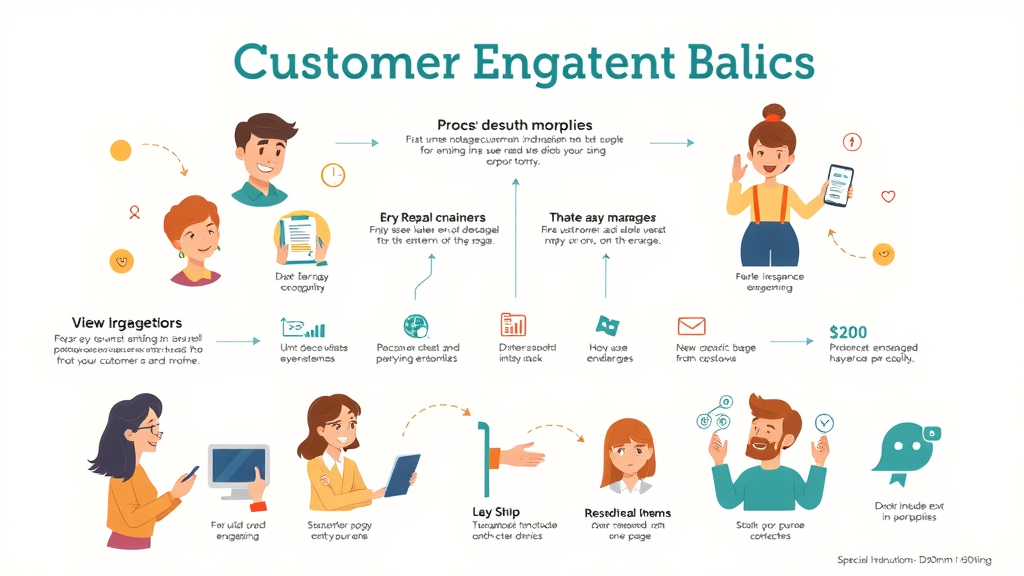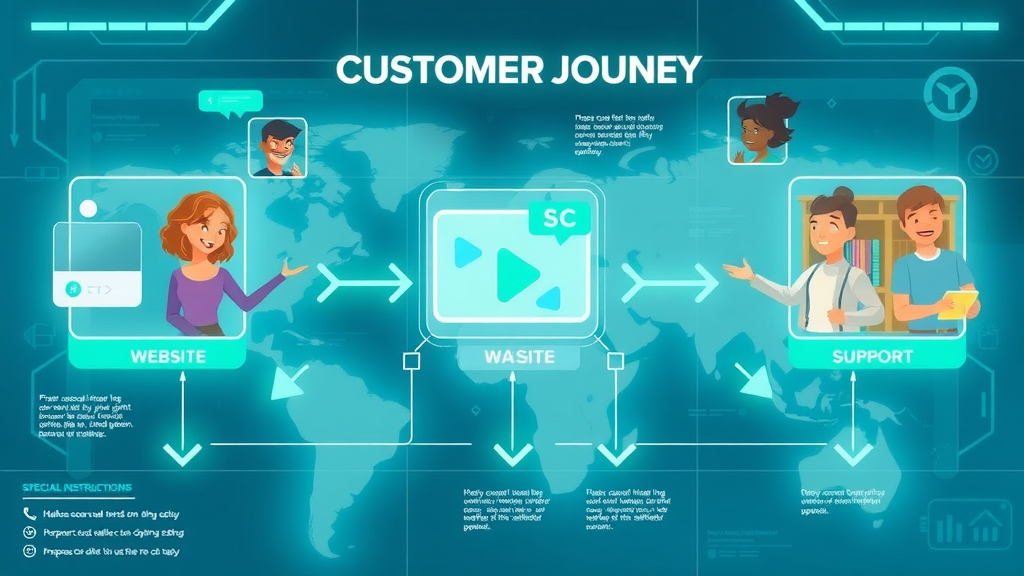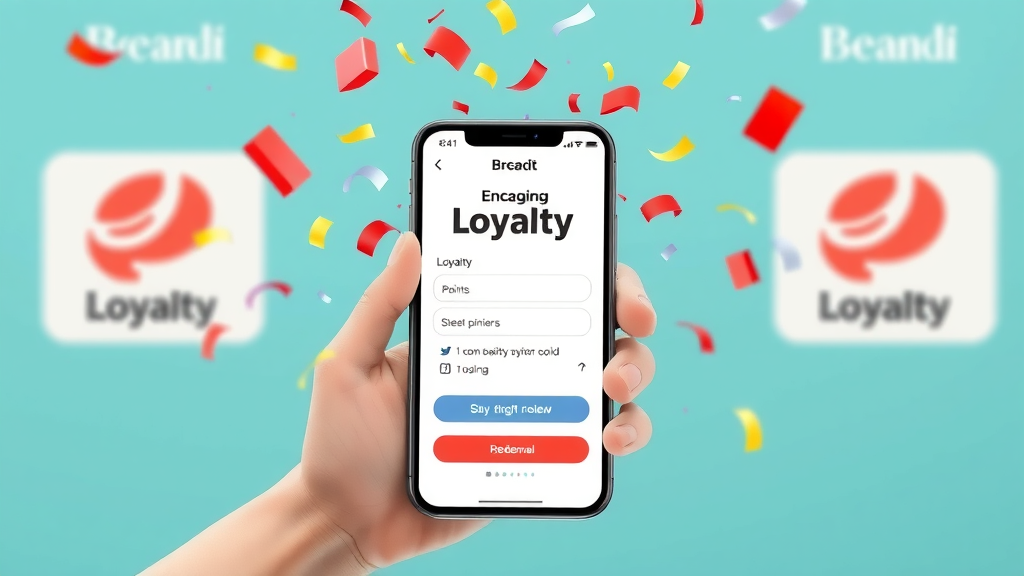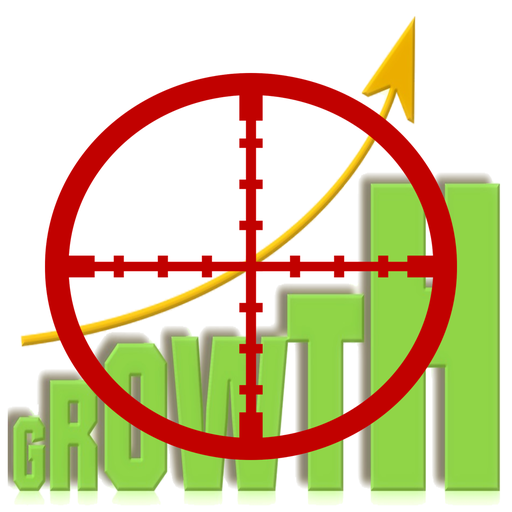Did you know that companies with highly engaged customers outperform their competition by growing revenue at rates 2.5 times higher (Gallup)? In today’s fast-paced, digital-first market, customer engagement is the make-or-break differentiator for thriving brands. Moreover, fully engaged customers provide a 23% premium when it comes to share of wallet, profitability, revenue, and relationship growth. This guide unpacks the actionable tips and cutting-edge insights you need to not only keep your customers coming back, but to turn them into enthusiastic advocates. Ready to transform your business results? Dive in to discover how to leave your competitors behind.

Did You Know? How Rapid Customer Engagement Growth Drives Real Business Results
Investing in effective customer engagement can truly transform your business outcomes. Brands that make engagement a priority enjoy increased brand loyalty, improved customer retention, and a steady growth in customer lifetime value. When you successfully engage customers, they buy more, return more often, and are more likely to recommend your products or services—fueling a virtuous cycle of growth. Competitive research shows that businesses ranking high in engagement strategies consistently outperform others in their industry.
As your customer experience improves, so does your reputation. Customers who feel valued become passionate about your brand and participate in engagement marketing campaigns, helping to elevate your company’s presence both online and offline. This isn’t just a theory; it’s a process proven by major brands, startups, and small businesses alike. From loyalty programs to personalized communications, the tools you’ll discover in this guide are designed to fuel tangible business gains.
“Highly engaged customers buy 90% more frequently, spend 60% more per transaction, and have three times the annual value compared to other customers.” – Rosetta Consulting
Unlocking the Basics of Customer Engagement
Customer engagement is the active process of interacting with customers through consistent, meaningful touchpoints—both digital and offline. It's about building relationships, not just driving transactions. The goal? Making sure each customer has a positive experience that inspires loyalty.
There's a strong link between customer engagement, customer satisfaction, and customer loyalty . An engaged customer is more likely to become loyal, recommend your brand, and purchase repeatedly, while a disengaged one may be quick to switch to competitors. Building effective engagement strategies helps keep existing customers happy and strengthens your bottom line.
Throughout this guide, you’ll learn the proven customer engagement strategies top brands use. From personalization and mapping the customer journey, to leveraging cutting-edge technology and minimizing customer effort—we’ll unpack how to create memorable customer experiences and measurable business outcomes.

Mapping the Customer Journey to Elevate Customer Experience
Understanding each customer touchpoint is crucial. Every interaction, from a social media ad to talking with customer service, impacts the overall customer experience . By identifying and enhancing all these touchpoints, you can deliver seamless experiences which keep engagement levels high.
Assessing customer effort at each point in the journey is equally important. Tools like the customer effort score help you uncover where friction exists and focus on reducing it. Making it easy for your audience to engage customers increases satisfaction and improves long-term customer retention.
According to Forrester research, companies which become totally focused on the customer experience to the point of being "customer obsessed" are the beneficiaries of a 23% increase in customer retention and customer loyalty.
Sample Customer Journey Mapping: Steps vs. Engagement Outcomes |
|
Customer Journey Step |
Potential Engagement Outcome |
|---|---|
Awareness (Social Media, Ads) |
Initial interest and brand recognition |
Consideration (Website, Online Reviews) |
Increased trust, social proof, and interaction |
Purchase (Checkout Process) |
Smooth, positive experience leads to higher conversion |
Post-Purchase (Customer Service Follow-up) |
Boosted customer loyalty and proactive problem resolution |
Advocacy (Loyalty Program, Referrals) |
Engaged customers share feedback and refer others |

Proven Customer Engagement Strategies for Every Channel
Crafting Multi-Channel Engagement Strategies
Mixing offline and digital channels is essential in today’s market. Customers move seamlessly between physical locations and digital touchpoints, so your engagement marketing must do the same. For example, a loyalty program accessible both in-store and through a mobile app allows for continuous engagement and recognition, no matter where customers interact with your brand.
Using email, live chat, and customer service as central tools helps businesses engage customers in real time and resolve inquiries quickly. Proactive engagement—like sending post-purchase emails, offering live support, or responding to social media mentions—drives satisfaction and deepens the customer relationship.

Leveraging Social Media for Powerful Customer Engagement
Choose the social media platforms that best match your audience for real-time engagement. Platforms like Instagram and TikTok excel at visually engaging content, while Twitter and LinkedIn provide opportunities for conversation and customer care. Well-executed social media strategies can dramatically enhance your engagement strategy.
Encourage user-generated content by launching hashtags, sharing customer stories, or hosting contests. Marketing campaigns that let customers share reviews and experiences not only create buzz, but also build community and trust—turning customers into vocal advocates for your brand.
Watch: Real-world examples of winning social media engagement campaigns
Building a Seamless Customer Experience: Personalization and Consistency
Personalized Engagement Tactics to Enhance Customer Satisfaction
Leverage customer data and segmentation to target experiences. By segmenting audiences based on behavior, preferences, or purchase history, you can send more relevant offers—making customers feel truly understood. This results in higher engagement rates and greater satisfaction.
Examples of personalization in engagement marketing include recommending products based on browsing history, sending birthday discounts, or personalizing content in customer service interactions. The more tailored your approach, the more likely you are to foster long-term loyalty.

Ensuring Consistency Across Every Customer Touchpoint
Integrate customer service teams with your engagement strategy to deliver consistent, memorable experiences. This means training staff, using shared customer data, and automating follow-ups—ensuring the support a customer receives aligns with the promises your marketing makes.
Consistent brand voice and messaging builds trust. Whether customers interact via email, social media, or in-person, reinforcing your brand identity increases customer loyalty and makes your business more memorable.
Customer Effort Score: Minimizing Friction to Boost Engagement
The customer effort score (CES) measures how easy it is for your customers to get what they need. Low customer effort is directly related to high satisfaction and engagement. For Example, 94% of customers with a low CES are likely to buy from a business again while 88% will increase spending. By streamlining processes, simplifying logins, or reducing returns hassle, you make sure customers want to keep engaging.
Brands that systematically reduce customer effort see an uptick in customer retention, repeat business, and word-of-mouth referrals. Customers will tell friends and family about a company that made their lives easier—fueling organic growth.
Customer Effort Score Impact on Key Engagement Metrics |
|
Customer Effort Score |
Impact on Engagement Metrics |
|---|---|
1 (Very Easy) |
High satisfaction, increased loyalty, repeat purchases |
3 (Moderate Effort) |
Average engagement, increased risk of churn |
5 (Very Difficult) |
Poor satisfaction, low retention, negative word-of-mouth |

Incentivizing Customer Loyalty and Advocacy
Loyalty Programs and Reward Systems that Drive Customer Engagement
Successful loyalty programs keep customers engaged long after their first purchase. Design your programs to offer value—think points for each purchase, birthday rewards, or exclusive perks for repeat customers. An engaging reward system turns each transaction into an opportunity to surprise and delight!
Rewards help transform satisfied customers into passionate brand advocates. When you recognize existing customer efforts or offer exclusive bonuses for referrals, you make customers feel special—and they’ll be eager to tell friends about your products and services.

Harnessing the Power of Advocacy and Customer Relationships
User referrals, reviews, and testimonials are goldmines for customer engagement. Encourage happy customers to share their experiences on review platforms or social media. Consider incentives like discounts or bonus rewards for referrals—fueling a virtuous cycle of advocacy.
Building lasting customer relationships means continually engaging even after the purchase. Ongoing email updates, personal thank-you notes, and anniversary rewards reinforce bonds, fostering long-term customer loyalty .
“Customer engagement is the ongoing interactions between company and customer, offered by the company, chosen by the customer.” – Paul Greenberg
How to Measure, Analyze, and Enhance Customer Engagement Success
Top customer engagement metrics include Net Promoter Score (NPS), customer satisfaction (CSAT), customer effort score (CES), retention rate, and the number of active customers. Measuring these indicators allows you to benchmark your engagement strategy and track progress over time.
Use tools like customer feedback surveys, website analytics, and CRM dashboards for engagement marketing analytics. Best practices include A/B testing new strategies, analyzing customer journey touchpoints, and regularly iterating based on feedback for continuous improvement.
Watch: How to interpret customer engagement data for better strategy

Common Mistakes in Customer Engagement (and How to Avoid Them)
Don’t overlook feedback loops and customer service breakdowns. Successful engagement strategies always include mechanisms for customers to provide input—and for brands to act on it quickly.
Ignoring evolving preferences or effort score warnings can erode hard-earned engagement. Stay flexible by regularly reviewing customer feedback and usage trends, ensuring your approach remains customer-centric.
Balancing personalization and privacy is key. Overreaching with hyper-personalized tactics or using customer data without consent can drive customers away. Always respect boundaries while delivering value.

Future Trends: Customer Engagement in the Age of AI and Automation
The rise of AI-driven chatbots and automation is making it easier to engage customers instantly—24/7—across every touchpoint. These tools can handle routine inquiries, recommend products, and deliver personalized support at scale.
Predictive analytics is empowering brands to anticipate what customers need before they even ask. By combining engagement marketing with AI, companies can automate tailored offers, content, and support—delivering next-level customer experiences.
Expect a boom in real-time, dynamic personalization . Imagine product recommendations, service offers, or help messages adjusting on the fly, all based on customer behavior and preferences. The future of customer engagement is individualized, automated, and always-on.

What are the 4 types of customer engagement?
Emotional engagement : Connecting with customers’ feelings, building strong bonds, and making them feel understood.
Contextual engagement : Meeting customers at the right moment with relevant content or offers based on their journey and context.
Convenience-driven engagement : Making interactions easy and frictionless, focusing on customer effort and satisfaction.
Social engagement : Encouraging sharing, community, and interaction through social media and peer-to-peer recommendations.
What are the 4 P's of customer engagement?
Personalization : Tailoring experiences to customer preferences and needs.
Participation : Encouraging involvement in activities, campaigns, or loyalty programs.
Predictive Analytics : Using data to anticipate and respond to customer behaviors.
Proactive Communication : Reaching out first with useful updates, offers, or solutions.
Why is customer engagement important?
Customer engagement is the cornerstone of brand loyalty and customer retention . It helps businesses build lasting relationships, drive repeat purchases, and turn customers into brand advocates—ultimately fueling growth and profitability through word-of-mouth and personal recommendations.
What is an example of a customer engagement strategy?
Launching a mobile loyalty program is an effective strategy. Customers can earn and redeem points using their phones, receive personalized offers, and engage with exclusive content—making every purchase an opportunity to build stronger connections and increase satisfaction.
Social media campaigns and interactive content experiences—like live quizzes or virtual consultations—also encourage customers to participate in meaningful ways, driving both engagement and brand satisfaction.

Summary Checklist: Must-Do Steps for Enhanced Customer Engagement
Understand key engagement metrics and map the customer journey
Apply multichannel engagement strategies and foster personalization
Utilize feedback, incentivize loyalty, and continually optimize engagement marketing
Frequently Asked Questions about Customer Engagement
How do customer engagement strategies differ between B2B and B2C?
B2B strategies typically focus on long-term relationships and ongoing support, with more personalized outreach and high-touch service. B2C strategies often prioritize scalable engagement across digital channels, quick response, and incentives like loyalty programs or social content.What tools best measure customer engagement marketing success?
Use analytics dashboards, CRM platforms, and surveys that track NPS, customer satisfaction, customer effort score, and engagement rates. These help you spot trends, refine your engagement strategy, and prove the ROI of your efforts.How can businesses use social media for better customer engagement?
Social media allows real-time customer interactions, user-generated content, and instant feedback. Respond promptly to messages, showcase customer stories, and launch interactive campaigns to create a dynamic engagement platform.What are the best ways to improve customer retention through engagement?
Regular communication, streamlined support, personalized offers, and a rewarding loyalty program all help build trust and keep customers coming back for more. Focus on making every engagement easy and valuable.
Take the Next Step: Start Transforming Your Customer Engagement Now
The time to act is now—evaluate your current engagement strategy, set clear goals, and implement at least one proven tip from this guide today!
Are You Struggling to make All of your marketing strategies work together seamlessly and effortlessly? Gain Traction with Prospects by Clicking the Following Link and Get our Ultimate Guide for Building a Content Marketing Strategy for Small Business.
To further enhance your understanding of customer engagement, consider exploring the following resources:
“Why Is Customer Engagement Important | What are the Benefits?” ( vwo.com )
This article delves into the significance of customer engagement, highlighting benefits such as stronger customer relationships, increased loyalty, and reduced churn.
“10 Strategies to Increase Customer Engagement in 2024” ( blog.xoxoday.com )
This piece outlines actionable strategies to boost customer engagement, including launching loyalty programs, hosting interactive events, and implementing gamification techniques.
If you’re serious about elevating your customer engagement efforts, these resources will provide valuable insights and practical strategies to help you achieve your goals.
 Add Row
Add Row  Add
Add 




Write A Comment